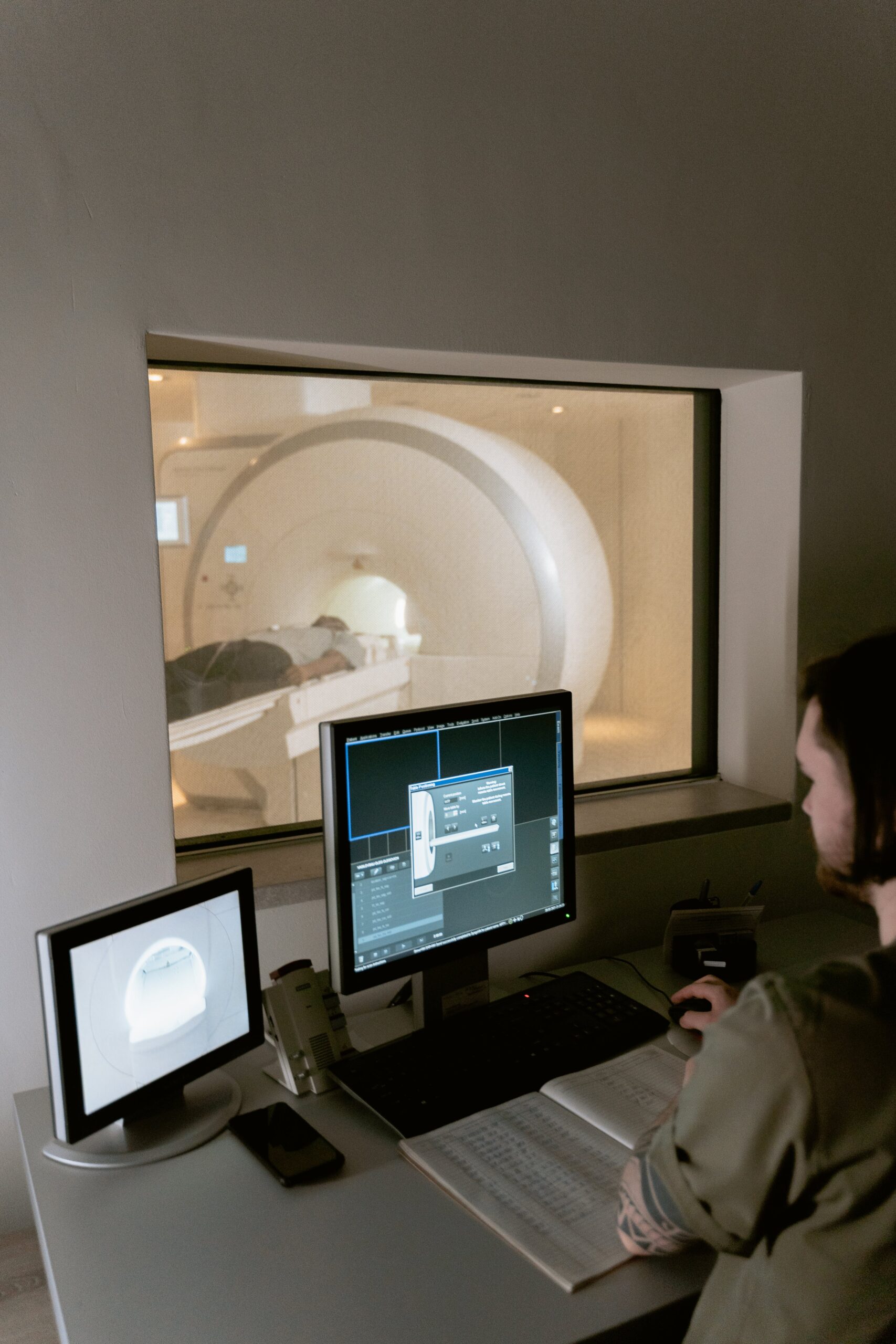Introduction:
Medical diagnostics have undergone a remarkable transformation over the years, with computed tomography (CT) imaging standing out as a cornerstone of modern healthcare. CT imaging has revolutionized our ability to diagnose an array of medical conditions and meticulously track the progress of treatments. One critical element contributing to the heightened precision of CT imaging is the use of contrast agents. In this in-depth article, we will explore the world of contrast agents in CT imaging, providing a comprehensive understanding of their fundamental principles, clinical applications, technical considerations, advantages, and potential risks. Furthermore, we will glimpse into the evolving landscape of contrast agents and their future in the field of medical diagnostics.
Part 1: Fundamentals of Contrast Agents in CT Imaging
Contrast agents are indispensable in the realm of CT imaging, enabling radiologists to differentiate between various anatomical structures and pinpoint pathological conditions with exceptional clarity. These agents comprise substances that modify tissue density, ultimately enhancing their visibility on CT scans. Among the most commonly utilized contrast agents in CT imaging are iodinated contrast agents and barium-based contrast agents. These substances interact with X-rays differently than surrounding tissues, thereby generating the much-needed contrast in the resulting images.
Part 2: Clinical Applications of Contrast Agents in CT
The clinical applications of contrast agents in CT imaging are manifold, serving as fundamental tools in a variety of medical disciplines. Radiologists heavily rely on these agents to perform tasks such as diagnosing vascular diseases, identifying tumors, evaluating gastrointestinal disorders, and much more. For instance, in vascular radiology, contrast agents are administered intravenously to visualize blood vessels, facilitating the diagnosis of conditions like aneurysms and arterial stenosis. In the realm of oncology, contrast-enhanced CT scans are instrumental in detecting and characterizing tumors with greater precision.
Part 3: Technical Aspects of Using Contrast Agents in CT
The technical considerations when using contrast agents in CT imaging are pivotal to achieving optimal results. Patient preparation is paramount and encompasses a thorough assessment for allergies and ensuring proper hydration. Contrast agents are typically administered intravenously, and the timing is meticulously coordinated to capture the desired phase of enhancement. Collaboration between radiologic technologists, nurses, and physicians is essential to ensure patient safety throughout the procedure.
Part 4: Advantages and Risks of Contrast Agents in CT
The benefits of utilizing contrast agents in CT imaging are extensive. They provide superior visualization of blood vessels, enabling early detection of vascular diseases. Contrast-enhanced CT scans also enhance the characterization of lesions and the assessment of their response to treatment. However, it's essential to acknowledge the potential risks and complications associated with contrast agents. Adverse reactions, including allergic responses, kidney issues, or contrast-induced nephropathy, are conceivable. Hence, proper patient screening, dose calculation, and post-procedure monitoring are imperative.
Part 5: Trends and the Future of Contrast Agents in CT
The field of contrast agents in CT imaging continues to undergo remarkable advancements. Researchers are exploring novel substances and techniques to enhance both safety and efficacy. One notable trend is the development of nanoparticle-based contrast agents, holding the promise of more targeted imaging and reduced side effects. Additionally, the integration of machine learning and artificial intelligence is automating image analysis and bolstering diagnostic accuracy.
Conclusion:
In conclusion, contrast agents stand as invaluable tools within the realm of CT imaging, making substantial contributions to diagnostic accuracy and patient care. Radiologists and healthcare professionals depend on these agents for a wide spectrum of clinical applications, ranging from diagnosing vascular diseases to identifying tumors. Nonetheless, it's imperative to remain vigilant regarding the technical aspects and potential risks related to their use. As the field continues to progress, we can anticipate even safer and more effective contrast agents, further solidifying CT imaging as a powerful tool within the domain of medical diagnostics. The future promises great strides in enhancing patient care and outcomes through ongoing developments in contrast agents in CT imaging.
